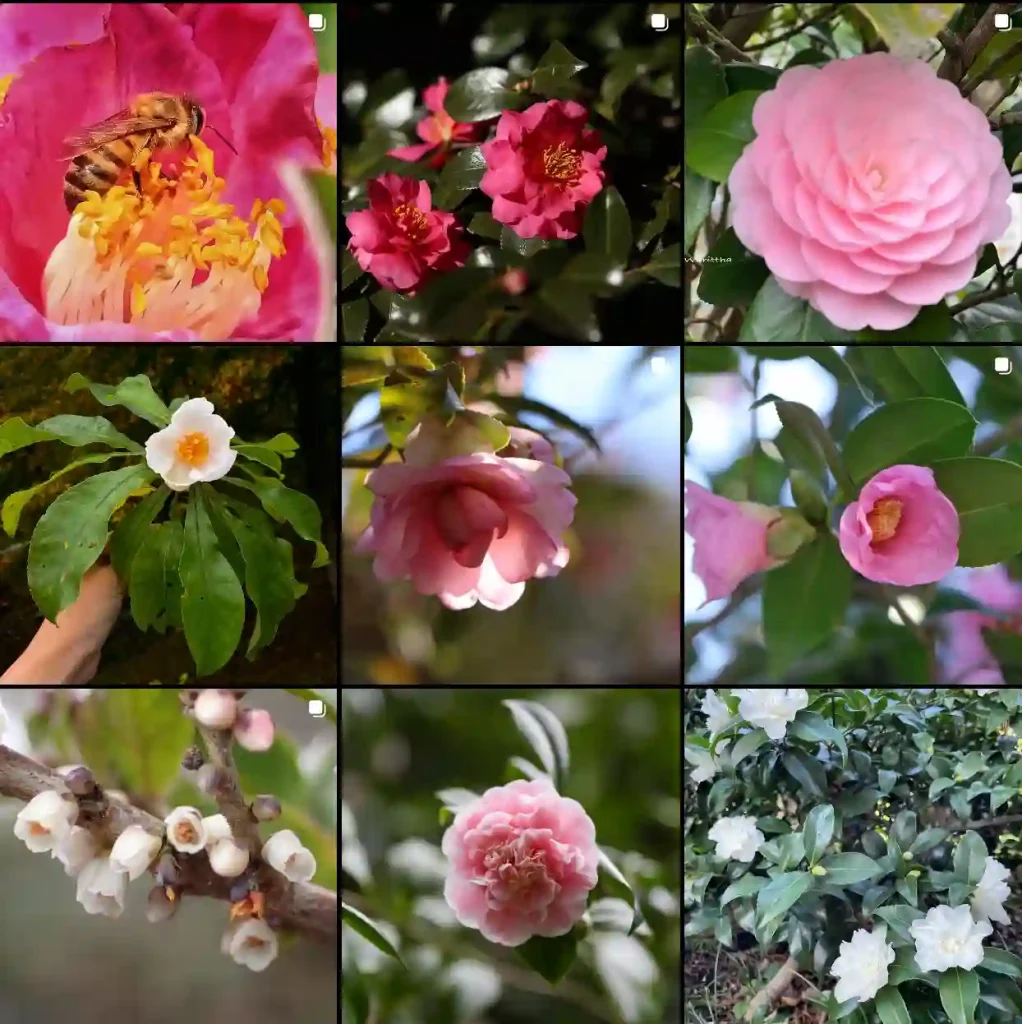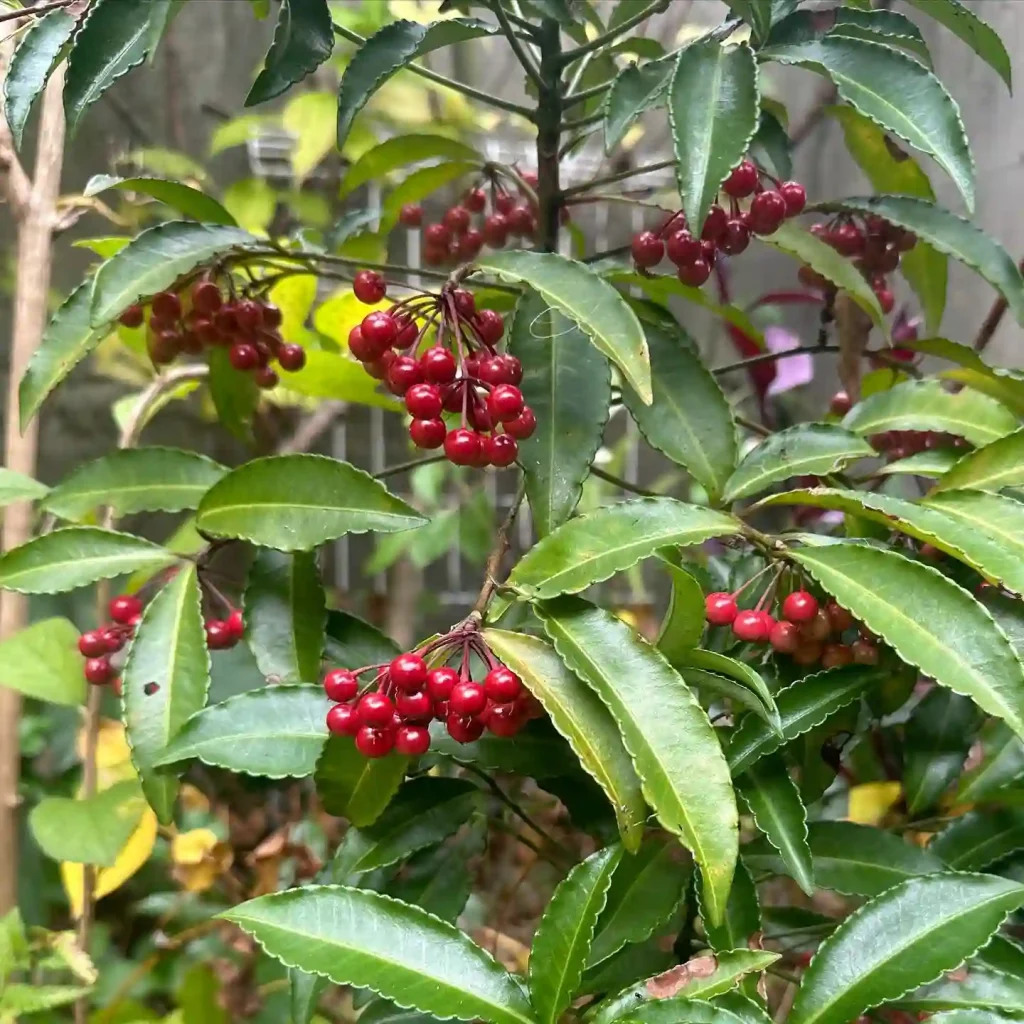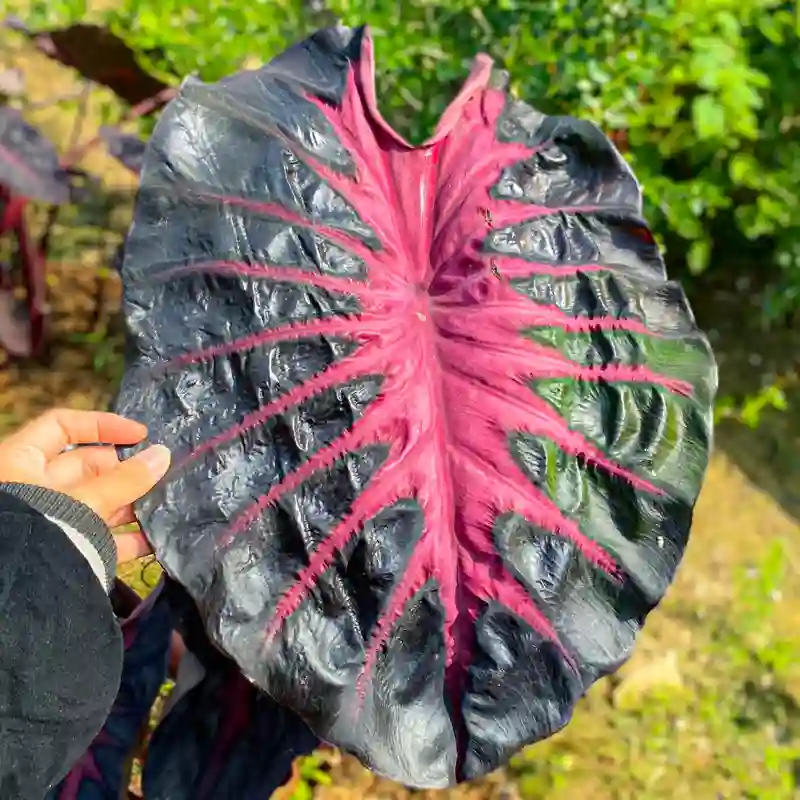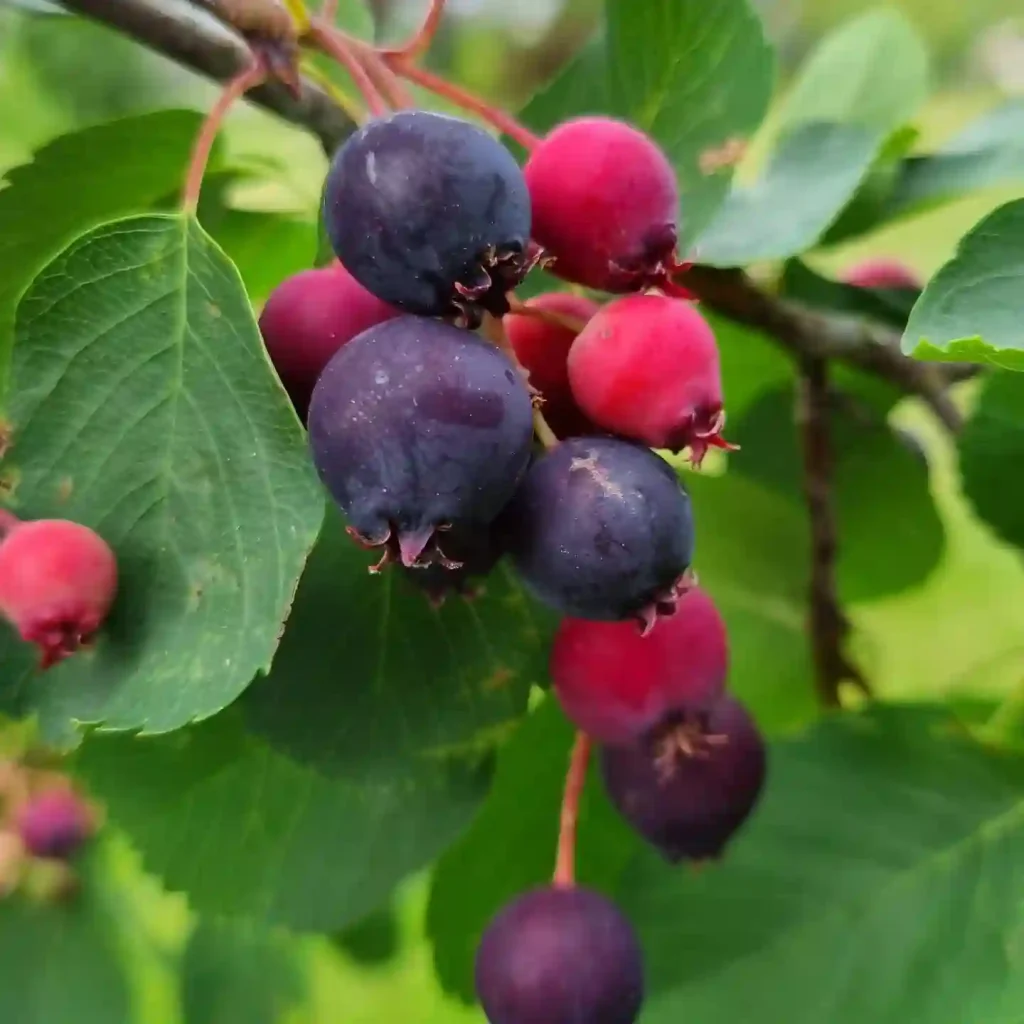FAQs About Cleome Viscosa: Everything You Need to Know
Cleome Viscosa, often called “Asian Spider Flower” or “Wild Mustard,” is a plant I’ve come to appreciate over time for its hardy nature and unique appearance. It’s a fascinating annual herb that thrives in tropical and subtropical regions, and I’ve often encountered it in my garden and outdoor landscapes. Here’s a detailed look at some of the most common questions I get about this plant.
200 Species in Genus Cleome – Spider Flower
What is Cleome Viscosa?
Cleome Viscosa, sometimes referred to as “Dog Mustard” or “Sticky Cleome,” is part of the Cleomaceae family. It’s an erect herbaceous plant that can grow up to 1.5 meters tall. One of the key identifiers is the sticky, glandular hairs that cover its stems and leaves, giving it a “sticky” feel. The plant’s yellow flowers bloom throughout the summer and into early fall, making it quite eye-catching.
I’ve seen Cleome Viscosa thrive in areas with poor soil, which is a testament to its adaptability. It grows in disturbed areas, roadsides, and fields, making it a useful plant for reclaiming barren landscapes.
How to Care for Cleome Viscosa?
Taking care of Cleome Viscosa is quite simple. This plant doesn’t demand much attention, which is why it has become a favorite for those of us who want to add a hardy touch to our gardens without constant upkeep.
- Sunlight: Cleome Viscosa thrives in full sunlight, so I usually plant it in areas with ample direct exposure to the sun.
- Watering: It doesn’t need much water. I’ve found that moderate watering is sufficient, especially if planted in well-draining soil.
- Soil: The plant can tolerate a variety of soil types, but it seems happiest in sandy or loamy soils. Avoid heavy clay soil, which tends to retain too much water.
- Fertilizer: I don’t use much fertilizer for this plant. It’s a natural grower that can handle poor soils, so extra nutrients aren’t necessary unless you’re dealing with extremely nutrient-deficient land.
How to Propagate Cleome Viscosa?
Propagating Cleome Viscosa is straightforward. I’ve done this by collecting seeds from the plant, which germinate easily.
- Seed Collection: The plant produces small seed pods that burst when mature, scattering seeds. If you want to control where your Cleome Viscosa grows, I recommend collecting the seeds before they disperse naturally.
- Sowing: I sow the seeds directly in the soil during the warmer months. There’s no need to pre-treat them, and they germinate quickly, usually within a week.
- Spacing: Be sure to leave enough space between plants, about 20-30 cm apart, to allow for air circulation and proper growth.
What to Plant with Cleome Viscosa?
Cleome Viscosa pairs well with other drought-tolerant plants. In my experience, combining it with plants like Zinnia, Marigold, or even other Cleome varieties creates a visually striking display.
- Companion Plants: Plants like Sunflowers, Coneflowers, and Salvia complement Cleome Viscosa nicely because they all share similar care requirements. Plus, their contrasting flower shapes and colors bring variety to the garden.
- Avoid Crowding: Be mindful not to crowd Cleome Viscosa with low-growing plants. Its tall, upright growth needs space to breathe, and crowding could reduce airflow, leading to mildew or other diseases.
Is Cleome Viscosa Toxic?
Cleome Viscosa has been known to have some medicinal uses in traditional medicine, but caution is always advised. It can cause skin irritation due to the sticky glandular hairs. Personally, I wear gloves when handling it, just to be safe.
Benefits of Cleome Viscosa
Cleome Viscosa isn’t just a pretty face in the garden. Here are a few benefits I’ve noticed:
- Pest Control: Its sticky leaves can trap small insects, making it a natural way to control pests in the garden.
- Medicinal Uses: In some cultures, the plant is used for its potential medicinal properties, including treatments for fevers and skin infections. While I haven’t personally used it this way, I’ve read that it’s valued in traditional herbal medicine.
- Pollinator Attraction: The flowers attract bees, butterflies, and other pollinators, which makes it a great addition to any garden that focuses on supporting local wildlife.
Common Problems with Cleome Viscosa
One of the issues I’ve seen is powdery mildew, especially in humid conditions or when the plants are crowded. Ensuring proper airflow can prevent this.
- Pests: While it helps control pests, it can sometimes attract aphids. If I notice any, I typically use a mild insecticidal soap to keep them at bay.
- Growth Overabundance: In some regions, Cleome Viscosa can be considered invasive due to its fast-growing nature. I keep an eye on it to prevent it from overtaking my garden.
How Does Cleome Viscosa Compare to Other Cleome Species?
Cleome Viscosa can easily be confused with Cleome Gynandra or Cleome Hassleriana. Both of these species share the same family but have distinct differences.
- Cleome Hassleriana (Spider Flower): This species is a bit showier, with larger and more vibrant flowers, often in shades of pink and white. While Cleome Viscosa is known for its yellow blooms, Cleome Hassleriana is what you often see in ornamental gardens.
- Cleome Gynandra (African Spider Flower): This plant has a similar growth habit but is recognized more for its edible leaves, often used in African cuisine.
In comparison, Cleome Viscosa is the more utilitarian species—perfect for reclamation projects or low-maintenance gardens where a hardier, more self-sufficient plant is needed.
Conclusion
Cleome Viscosa has grown on me for its resilience and unique appearance. It’s an ideal plant for gardeners who need something low-maintenance yet visually interesting. Its ability to thrive in poor soils, attract pollinators, and even aid in pest control makes it a fantastic addition to any garden. Whether you’re looking for an ornamental or a functional plant, Cleome Viscosa has a lot to offer.
If i die, water my plants!



